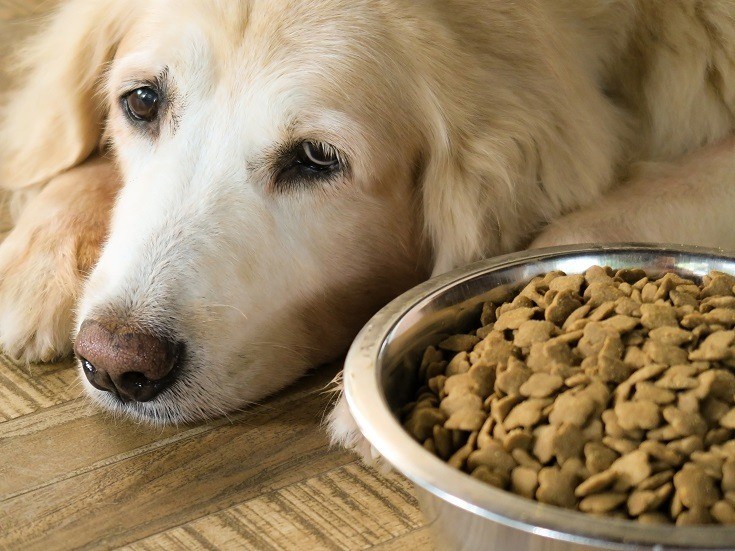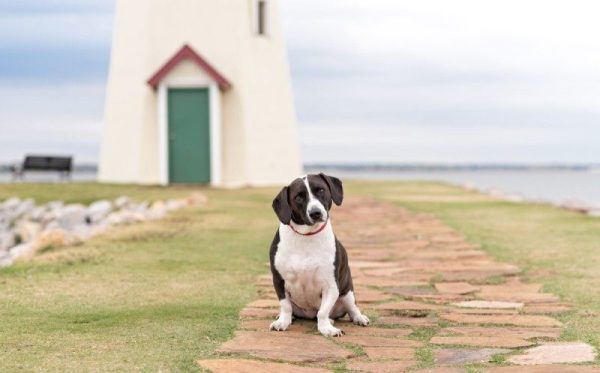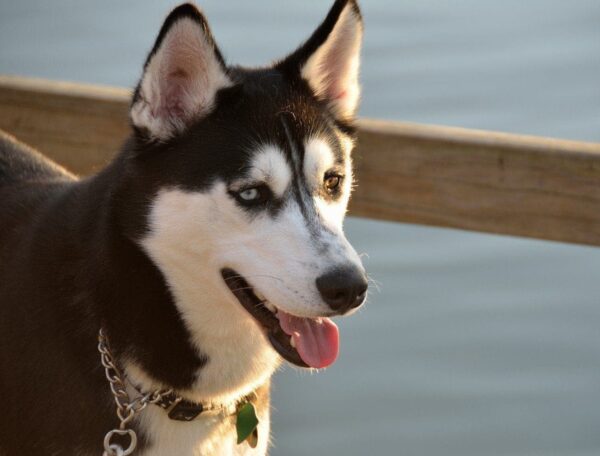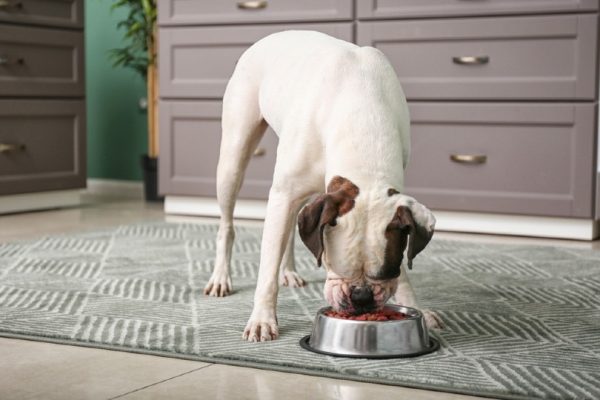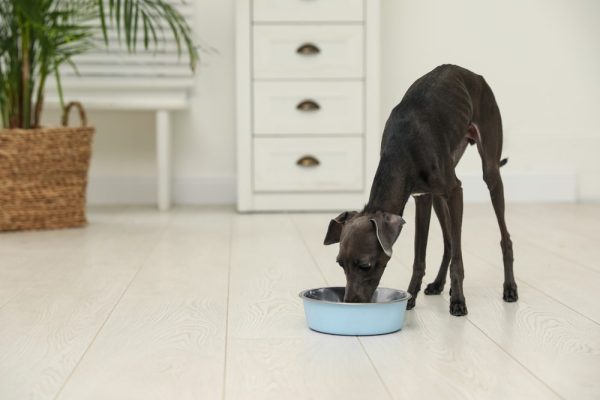Kidney disease is a serious issue that can affect both dogs and humans. If you suspect your dog is experiencing kidney issues, it’s important to take your lovable pooch to the vet right away. If your dog confirms that your dog has kidney disease, know that as part of the management plan, you will need to change your dog’s diet to help slow the progression of the disease.
In this article, we are going to fully discuss what canine kidney disease is, ways to identify it, and nutrition for dogs with kidney disease. It’s important to note that you should only use this article to further your knowledge about renal problems in dogs. Always follow your veterinarian’s advice and instructions when caring for your dog.

What Is Canine Kidney Disease?
The kidneys perform a number of bodily functions, such as regulating hydration, balancing electrolytes, releasing hormones, and removing toxins. If your dog’s kidneys do not work properly, failure follows. roughly refers to the loss of kidney function. You may also hear the condition be called renal failure.
Chronic kidney failure is when the kidneys lose their function gradually and over a period of time. It’s most often caused by old age because bodies deteriorate over time.

Identifying Kidney Disease in Dogs
Identifying kidney failure early on is important for acute renal failure, but it can also make your dog more comfortable if they are struggling from chronic renal failure. Knowing the signs of kidney failure in dogs can allow you to take your pooch to the vet early for proper diagnosis.
Signs
- Chemical-smelling breath
- Blood in urine
- Lethargy
- Pale gums
- Significant changes in water intake
- Significant changes in urine production
- Significant changes in urine volume
- Significant decrease in appetite
- Significant weight loss
- Stumbling and other uncoordinated movements
- Ulcers in mouth
- Vomiting
Diagnosis
If your dog is experiencing one or more of the previous signs, you need to take them to the veterinarian right away. Only they can determine if renal failure or some other issue is to blame. Unfortunately, the signs are typically not obvious until approximately 2/3 of the kidneys have been affected.
Your vet will diagnose kidney failure through blood and urine tests. These will assess the severity of the case and the organ damage. Your vet may also use X-rays, ultrasounds, and special blood tests to determine the cause of the kidney failure. Biopsies1 are rarely performed but might shed light on the origin of the renal problem.
Even through these intensive tests, the cause of kidney problems is not always discovered. In some cases, such as chronic renal disease, the issue’s cause may never be found.
If you are far from a vet clinic and need urgent vet advice and guidance on the best course of action you can chat with a vet online.
If you need to speak with a vet but can't get to one, head over to PangoVet. It's an online service where you can talk to a vet online and get the personalized advice you need for your pet — all at an affordable price!

What to Feed Your Dog With Kidney Disease
A vital aspect of treating a dog with chronic renal disease is managing their diet to reduce the progression of tissue damage. The reason nu
In fact, treating dogs with chronic renal disease typically has four goals: Control the amount of waste products in blood, create more balance between the fluid and minerals, sustain adequate nutrition, and modify or slow the progression of the disease. Paying attention to your dog’s diet can help achieve all of these goals.
If your dog is diagnosed with kidney disease, your vet will help you pick out the best dog food and nutrition for your pet. You want something with low protein, phosphorus, and sodium but high water and omega-3 fatty acids.
Most often, your vet will recommend a commercially available food specifically made for dogs that suffer from kidney disease. These foods will taste yummy to your dog but target their health needs. While feeding your dog this new diet, remember to provide a lot of water throughout the day too.
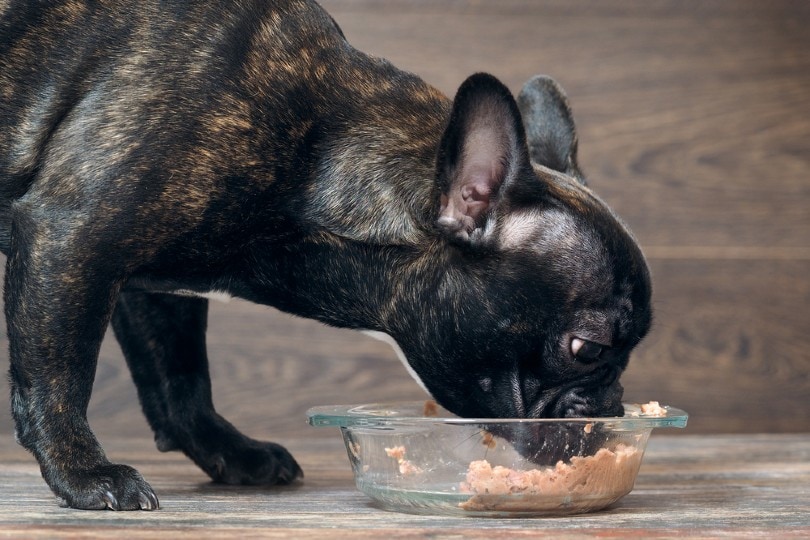
What You Need to Change
Once your dog has been diagnosed with kidney disease, you need to change their diet immediately. You especially need to focus on the water, protein, phosphorus, sodium, and omega-3 fatty acid contents in your dog’s food.
To start, your dog will need more water than before. Because of kidney disease, your dog’s body is unable to excrete toxins, making them feel thirstier. Supply your dog with much more fresh water than before to satisfy their thirst. Wet dog food may also help with this need.
Dogs typically have a high protein diet, but decreasing the amount of protein in your dog’s diet often slows the progression of the disease. This is likely because protein requires a lot of filtration from the kidneys. Only give your dog food that is 14% to 20% protein.
You also want to make sure that your dog has a low phosphorus intake. This will slow the progression of chronic kidney disease as well. Shoot for a phosphorus range between 0.2% and 0.5%. Kidney disease also makes it very difficult for the body to process sodium. Restrict your dog’s sodium intake quite a bit. This will help your dog feel less thirsty and maintain their blood pressure.
Finally, supplement your dog’s diet with additional omega-3 fatty acids. Omega-3 fatty acids have antioxidant properties and reduce inflammation that causes stress on the diseased kidneys. Adding omega-3 fatty acids will help slow chronic kidney disease since it reduces protein leaking through the kidneys.
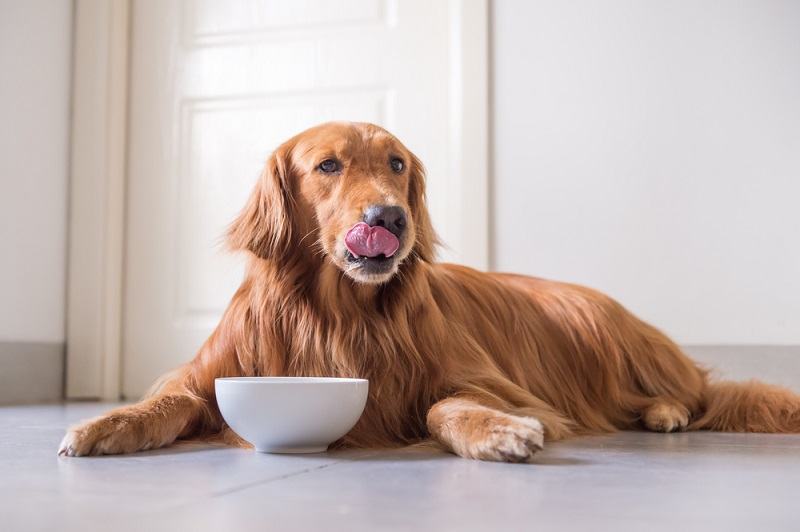

Causes of Chronic Canine Kidney Disease
There are quite a few possible causes for canine kidney issues. While many diseases impact the kidneys, chronic renal disease is most commonly seen in older dogs. The exact cause can sometimes be difficult to catch since the signs are slow to develop. Often, dental disease leads to chronic kidney disease. This occurs when bacteria build up underneath your dog’s teeth and are swallowed over time.
1. Acute Renal Failure
Acute kidney failure is almost always caused whenever a dog ingests a toxin. Chemicals such as anti-freeze, household cleaners, and bad food are common culprits for acute renal failure. Acute renal failure can also occur whenever there is a urinary obstruction within your dog’s body. If the blood flow decreases, the kidneys are less oxygenated, leading to more infection.
Acute renal failure can also occur from severe dehydration, heat strokes, snake bites, and leptospirosis, which is a bacterial infection.
2. Chronic Renal Failure
As we’ve already mentioned, chronic renal failure is most commonly seen in older dogs. The exact cause can sometimes be difficult to catch since these signs are slow to develop. Often, dental disease leads to chronic kidney failure. This occurs when bacteria build up underneath your dog’s teeth and are swallowed over time.


Potential Treatments for Chronic Canine Kidney Disease
There are multiple courses of action a vet may take to treat canine kidney disease. The degree of damage to the kidney is what will determine the course of the treatment. The International Renal Interest Society has guidelines to classify kidney damage in four different stages. The diet and management plan will change as the disease progresses. Other health issues may also affect the treatment selected.
If kidney failure is caught too late, your vet may recommend humane euthanization to put the dog out of their pain and misery.
However, many dogs live for months and years after diagnosis if the kidney disease is caught early enough. For dogs that fall in earlier stages, vets will typically recommend a two-step process. The first phase involves giving the dog intravenous fluids to flush out the bloodstream and kidneys.
This step is called diuresis. Its purpose is to create a slightly healthier environment so that the kidneys can heal a bit more. From this first step, the kidneys may begin functioning slightly better, but this is not guaranteed. If the situation gets worse, the vet may recommend euthanization.
If phase one went well, the vet will recommend moving on to phase two, which involves caring for your dog at home. Caring for your dog at home helps your dog to live a happy and healthy life for the rest of their days.
Phase two typically involves putting your dog on a special diet, home fluid therapy, medications, and more. The whole point of phase two is to keep the kidneys functioning as long as they can.


Summary
Kidney disease is a serious issue in dogs and can’t go untreated. If caught early enough, chronic renal disease can be managed to reduce its progression. For example, changing your dog’s diet can largely help manage their kidney disease, as what you feed your dog greatly affects the kidneys. Decrease the amount of protein, sodium, and phosphorus you feed your dog, but increase water and omega-3 fatty acids. Talk to your veterinarian to find specific dog food brands for your pup.
Related Reads:
- Miniature Horses as Emotional Support Animals: Animal-Assisted Therapy Explained
- Best Dog Foods for Kidney Disease (Vet Approved)
Featured Image Credit: Phuttharak, Shutterstock
